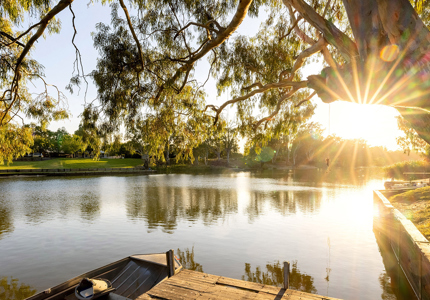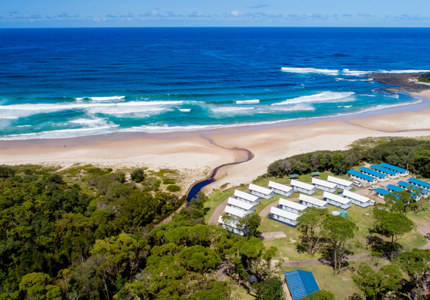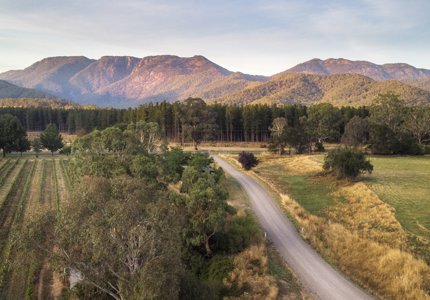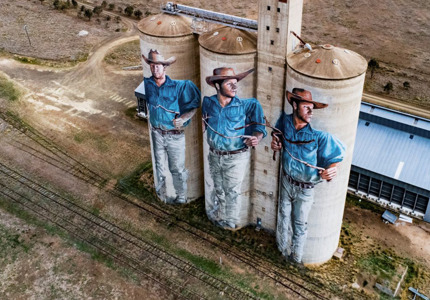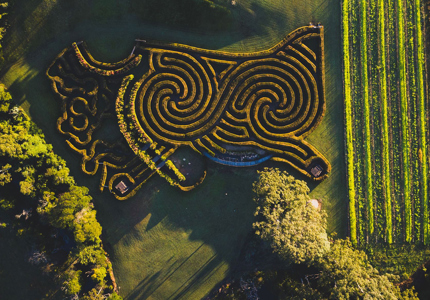Dalgety Historic Sites Walk
Nearby sites & landmarks
Back in 1904, Federal Parliament selected Dalgety as the future Capital City of Australia! This delightful town was a fantastic choice, perfectly positioned between Sydney and Melbourne, and safely inland from potential sea attacks. Senators even came to "bathe in the river" before deciding on Dalgety. A Sydney newspaper at the time captured the excitement, noting that our representative had photographed every site across the Commonwealth and was a true fan of this charming town. Today, Dalgety remains largely unchanged, with the local community deeply connected to the land and its rich history. Explore many historic sites with our Historic Walk Guide - available at the Snowy River Holiday Park Reception.
Two highlights on our local Historic Walk are the Courthouse (c. 1875) and Our Lady Star of the Sea Catholic Church (c. 1878). Many more sites await your exploration, we don't want to give too much away!
Dalgety Courthouse
Former Police Station and Court House
The village's first public building was the Police Station and Court House. Construction started in 1875, led by stonemason David Scarlett. It opened in 1876 and featured brick quoins and a corrugated iron roof. Initially, it included a police office, a courtroom, living quarters, a single man's room, two cells, and a stable with a forage room. In 1882, they added brick extensions and a verandah.
The Court of Petty Sessions operated here until the 1940s, while the Police Station closed in 1957. Today, the building serves as a private residence.
Our Lady Star of the Sea Catholic Church
A plaque at the entrance reads: Roman Catholic Church - "Our Lady Star of the Sea" - 1878. The church opened that year, built from local granite blocks. Richard Barnes, who ran the local punt and store, donated the land. There are two stories about its name: one suggests the river sounded like the sea during construction, while the other credits the patron saint of the early settlers who arrived by ship. In 1920, G.D. Cochran designed the unique castellated extension. Parishioners often travelled long distances, sometimes by horseback or horse-drawn buggy, to attend services.
A cemetery at Boloco holds the graves of many early settlers, including Richard Barnes.









